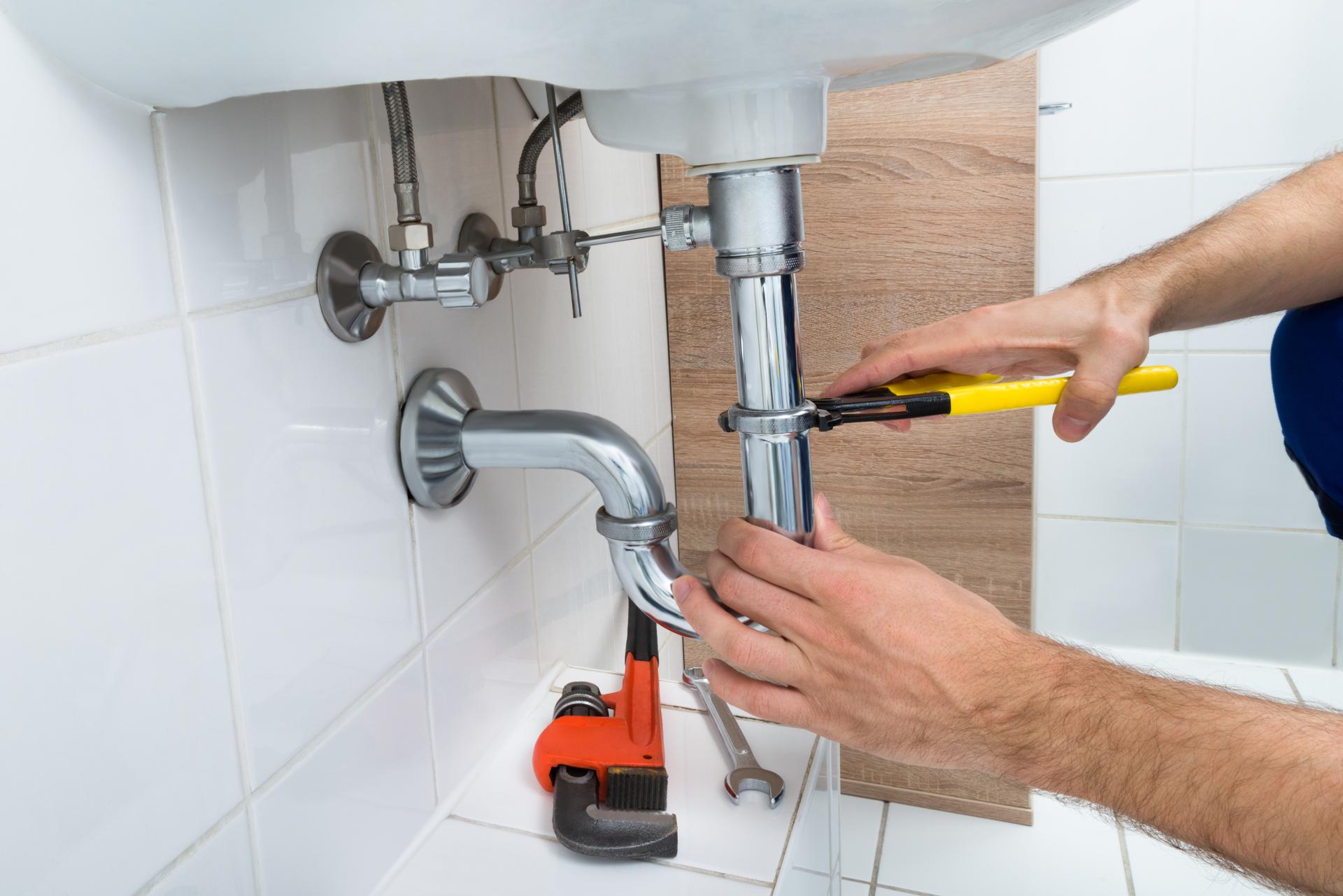When is it Time to Replace Your Plumbing? Here's What to Expect

Plumbing is an integral part of any home and provides us with safe water for drinking, cooking and cleaning, as for the disposal of wastewater. But, just like every other appliance in your home plumbing is likely to wear out and require replacement.
Understanding when it’s time to upgrade your plumbing vital to avoid costly repairs and prevent health risks. In this article, we’ll talk about the signs that indicate that your plumbing requires to be replaced, what you should consider prior to replacing your plumbing, the procedure for replacing your plumbing as well as the benefits that come with replacing your plumbing and a FAQ section to answer any questions you may have.
The signs that it’s time to upgrade your plumbing
There are a variety of indicators that suggest the plumbing in your home needs to be repaired, such as leaks: If you notice water stains or puddles around your home, it’s likely to be a indication of a plumbing leak. Leaks can cause significant structural damage to your home and lead to mold growth, so it’s essential to address them promptly. Rusty pipes an obvious sign that your plumbing requires to be replaced. Rust could contaminate the water you drink, making it unsafe for drinking or cooking. Low pressure in the water: If your showerheads or faucets produce low flow of water, it’s a sign of low pressure in the water and could be due to corrosion of pipes or blockages. Water discoloration, such as brown or yellow, is a sign of sediment or rust buildup within your pipes. This can affect the taste and the quality of your water and may indicate the need for plumbing repair.
Things to consider prior to replacing Plumbing
Before you replace your plumbing there are many factors to consider, including: Age of the plumbing: Plumbing systems are designed to last about 50 years. So when your house is over that time, it’s most likely time for a replacement. Cost of replacement: Replacing your plumbing can be costly, and it is important to plan for the expense. In the event of a plumbing problem that is severe If the plumbing issues are serious and affect multiple parts of your house, replacement may be the best option.
What can you expect during the Plumbing Replacement Process
The process of replacing plumbing involves several steps, including: Shutting off water flow: Your plumber will need to turn off the water supply to your home to prevent water damage or leaks. Remove old pipes The old pipes will have to be removed, which could require cutting into floors or walls. Installing new pipes: New pipes will be installed, and may require rerouting in order to ensure proper water flow. The length of time for the replacement of plumbing will depend on the size of your property and the difficulty of the job. Homeowners should expect disruptions throughout the process, such as water shut-offs, and possibly damage to walls and floors.
Benefits of replacing plumbing
Replacing your plumbing offers several advantages, such as: Increased water efficiency new plumbing fittings and pipes are more efficient, reducing your water usage and lowering your energy bills. Improved water quality by replacing older, corroded pipes new ones will enhance the quality and quality of water, making it safe for drinking and cooking. A lower risk of future plumbing problems: New plumbing is less likely to cause blockages or leaks, thus reducing the need for costly repairs in the future.
Conclusion
The replacement of your plumbing is a major purchase, but it’s vital to ensure the safety of your home and security. By understanding the signs that suggest your plumbing needs to be replaced, weighing the elements that influence replacement and knowing what to anticipate during the replacement process, you’ll be able to make an informed decision about the plumbing in your home. Be aware that replacing your plumbing will provide many benefits, including increased efficiency of water, better water quality, and reduced chance of developing future plumbing issues.
FAQ Section
What is the cost to replace plumbing?
The cost of replacing your plumbing will depend on several factors, including how big your home as well as the complexity of the job, and the materials used. In the average, homeowners should expect to pay between $5,000 to $10,000 for a total house plumbing replacement.
How long does it take to change the plumbing?
The length of time needed for plumbing repair will vary based in the area of the house as well as the complexity of the task. In general, a complete plumbing replacement can take between two to four weeks.
Do I need to replace my plumbing if I have a leak?
If you have a single leak in your plumbing, it might not need a full replacement. However, if you’re experiencing multiple leaks , or observe other indications of plumbing issues, replacement could be the best choice.
Do I have the ability to replace my plumbing myself?
The replacement of your plumbing can be a difficult task that should be left to the expertise of a qualified plumber. Attempting to replace your plumbing yourself can result in costly mistakes and potential safety hazards.
What type of pipes do I need to use for my plumbing replacement?
There are several types of pipes that are suitable for plumbing replacement, such as copper, PVC, and PEX. Your plumber can recommend the best type of pipes based on your particular requirements and budget. To conclude, replacing your plumbing is a significant decision that should be made with careful consideration. When you know the signs that indicate your plumbing needs replacing, weighing the elements that influence replacement and knowing what you can expect during the plumbing replacement process, you will be able to make an informed decision about your home’s plumbing. A skilled plumber will guide you through the process and guarantee an efficient and successful replacement of your plumbing.
